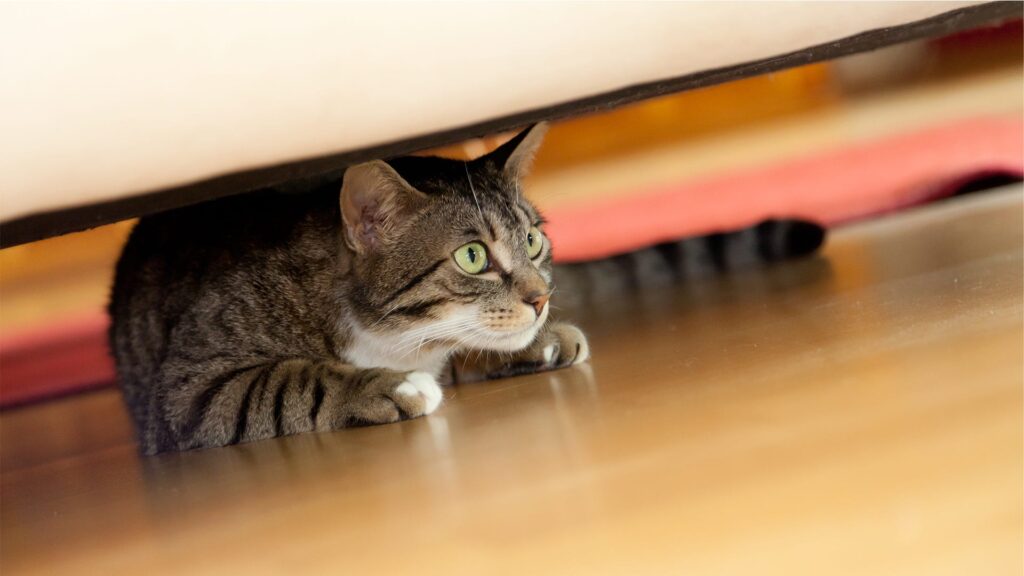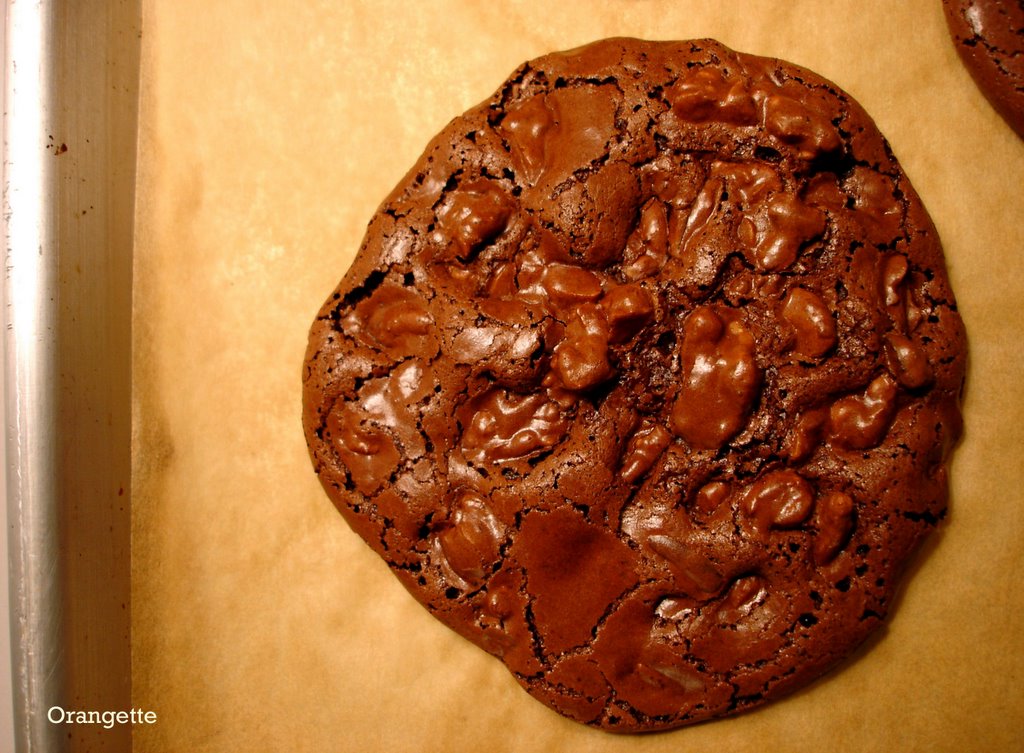Yes, cats often develop a thicker coat during the winter months for insulation and warmth. During winter, a cat’s fur can become fluffier and denser.
During the colder months, cats undergo a natural process where their bodies adjust to the changing temperatures. One noticeable change is the development of a fluffier coat. This occurs as the cat’s body adapts to the colder environment by growing longer and denser fur.
The added hair provides efficient insulation, helping cats stay warm and comfortable. This thicker coat also helps to protect them from the harsh elements, such as wind, snow, and low temperatures. Additionally, the increased fur volume aids in retaining body heat, supporting the cat’s overall well-being during the winter season. So, if you notice your cat becoming noticeably fluffier, it’s a common and natural response to the chilly weather.
Contents
How Cat Winter Coat Differs From Their Summer Coat
During the winter, cats develop a thicker coat to keep themselves warm in colder temperatures. This leads to cats appearing fluffier during the winter months compared to their summer coat.
Adaptations For Cold Weather
Cats have natural adaptations to keep themselves warm during the winter months. One of the noticeable changes is in their fur density and length. As the temperature drops, their fur becomes thicker and longer, providing better insulation against the cold. This helps to keep them warm and cozy even in chilly weather.
In addition to fur changes, cats also have the ability to fluff up their coat during winter. By doing so, they create an extra layer of warmth and insulation against the cold. This is especially important for cats that spend time outdoors.
Another adaptation cats have is the regulation of blood flow to their skin. During cold weather, their body directs blood flow to their extremities to reduce heat loss and keep vital organs warm. This ensures that their paws, ears, and tail stay at a comfortable temperature.
Overall, cats have remarkable abilities to adapt to changing weather conditions. With their thicker and fluffier winter coats, they are well-equipped to handle the cold and stay warm throughout the winter season.
Do Cats Actually Become Fluffier In The Winter?
Cat Winter Coat: Do Cats Become Fluffier During The Winter?
Do Cats Actually Become Fluffier in the Winter?
Shedding patterns in different cat breeds: Cats exhibit various shedding patterns depending on their breed. Some breeds, such as the Maine Coon and the Persian, have long and dense coats that make them appear fluffier. These cats typically shed less during the winter months to retain body heat. On the other hand, short-haired cat breeds like the Siamese and the Bengal may experience minimal changes in their coat length or density during colder seasons.
Factors affecting the fluffiness of a cat’s winter coat: A cat’s fluffiness during winter can be influenced by several factors. Diet plays a crucial role, as a well-balanced diet promotes healthy skin and coat. In addition, genetics and age can impact a cat’s coat density and length. Furthermore, exposure to sunlight might affect the production of melatonin, a hormone related to coat growth. Cats living in regions with distinct seasons may also experience seasonal fluctuations in coat thickness, particularly during the winter.
| The role of temperature in coat density: |
|---|
| Cats have a remarkable ability to adapt to changes in temperature. When exposed to colder weather, their bodies may trigger the growth of a denser undercoat, resulting in a fluffier appearance. This thick undercoat acts as insulation, helping to keep the cat warm in colder conditions. The inner workings of a cat’s body respond to temperature fluctuations, thereby influencing the thickness and fluffiness of their winter coat. |
Caring For Your Cat’s Winter Coat
During the winter, cats naturally develop a thicker and fluffier coat to keep themselves warm. To help your feline friend maintain their winter coat, regular brushing and a balanced diet rich in omega-3 fatty acids can make a significant difference in keeping their fur healthy and shiny.
Grooming Tips For Maintaining A Healthy Winter Coat
Proper grooming is essential for maintaining your cat’s winter coat. Regular brushing helps stimulate the production of natural oils and removes dead hair, keeping their coat healthy and reducing shedding. Use a soft-bristled brush that is suitable for your cat’s fur length to avoid any discomfort.
In addition to grooming, ensure your cat receives a balanced diet that includes essential nutrients such as proteins, healthy fats, and vitamins. These nutrients support a healthy coat and skin, preventing dryness and maintaining a soft and glossy appearance.
| Grooming Tips | Notes |
|---|---|
| Regular brushing | Stimulates natural oil production and reduces shedding |
| Bathing | Keep baths infrequent to prevent dry skin |
| Trimming nails | Prevents matting and discomfort |
Creating a warm and cozy environment for your cat is also crucial during wintertime. Ensure they have access to warm bedding, avoid exposing them to cold drafts, and keep their living space well-insulated to prevent chills.
By following these grooming tips and providing a warm environment, you can help your cat maintain a healthy and fluffy winter coat throughout the colder months.

Credit: www.petsbest.com
Frequently Asked Questions Of Cat Winter Coat: Do Cats Become Fluffier During The Winter?
Do Cats Get Fluffier In The Winter?
Cats’ fur can appear fluffier in winter due to natural changes in their coat. They develop a thicker undercoat to stay warm.
Why Does My Cat Keep Getting Fluffier?
Cats can become fluffier as they mature due to their breed, genetics, seasonal changes, or changes in their diet. It’s important to provide regular grooming to prevent matting and hairball issues.
Why Do Cats Fluff Up When Cold?
Cats fluff up when cold to create a layer of insulation and keep warm. The fluffed fur traps air, acting as a natural blanket.
Will My Cat Get Fluffier?
Yes, your cat’s fur can become fluffier as it grows. Dietary factors and genetics influence their coat’s texture, but proper grooming and a balanced diet can enhance fluffiness.
Conclusion
Cats indeed develop a fluffier coat during the winter as nature’s way of keeping them warm. This natural adaptation is meant to provide insulation and protect them from the cold. So, if you notice your cat’s fur becoming extra fluffy during the colder months, it’s perfectly normal and a sign that their body is working to keep them cozy and comfortable.
Just ensure to keep your cat warm and provide a comfortable environment during this time. Happy winter!
Katie Lindsey is a passionate cat lover and founder of Cats Solution, a comprehensive resource for all things feline. With a lifelong love for cats and extensive knowledge in their care and behavior, she provides expert advice and solutions to cat owners. Through her website, Katie fosters a supportive community where cat enthusiasts can find guidance and heartwarming stories. A dedicated advocate for animal welfare, Katie also promotes responsible pet ownership and adoption. Join her on this purr-fect journey celebrating the joy of feline companionship.



